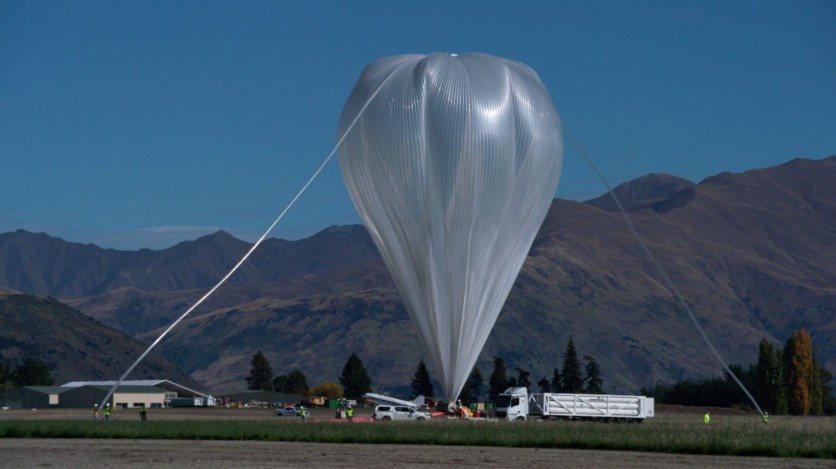Researchers demonstrated a new data recovery system for the SuperBIT. The telescope offered a stable observational platform in Earth's atmosphere. Despite damage during landing in Argentina, the recovery system enabled crucial data retrieval.

Recovering SuperBIT Mission
Scientists have successfully showcased a novel data recovery system designed to preserve information collected by the Super Pressure Balloon Imaging Telescope (SuperBIT).
Interesting Engineering reported that the telescope was suspended beneath a helium-filled balloon, equivalent to the size of a sports stadium, providing a stable and extended observational platform at high altitudes in Earth's atmosphere.
Despite encountering damage during landing in southern Argentina, the new recovery system enabled the retrieval of crucial data. Ellen Sirks, leading the development, emphasized the system's essential role in the mission's success, especially after the telescope suffered complete destruction and loss of high-bandwidth communications.
In cases where objects are dropped from the sky, particularly from altitudes of 33 kilometers, there is always a risk of something going wrong. Therefore, having recovery packages becomes crucial to ensuring the safety of the data, as highlighted by Sirks.
The retrieved data is vital for understanding the distribution of dark matter. Developed by researchers at the University of Sydney, the system played a key role in recovering gigabytes of data after a communication failure and damage to the telescope.
As reported on EurekAlert, two Data Recovery System packages, containing over 200 gigabytes of the telescope's data, descended with a parachute, landing securely.
Dark matter, being an elusive substance that doesn't emit, absorb, or reflect light, presents challenges in detection. Despite its lack of interaction with light, physicists deduce its existence through gravitational effects on visible matter.
The Data Recovery Systems include compact computers with SD cards for data storage, a custom "find my phone" satellite link, and parachutes, all encased in watertight foam.
In contrast to traditional methods where data from balloon-based missions relies on satellite transmission, this system offers a quicker and more efficient alternative. Traditional approaches often depend on "line-of-sight communication," which may not always be achievable.
Moreover, balloon-based observations deliver space telescope quality at a significantly reduced cost. In this case, Sirks explained that the volume of data we were receiving each night made mid-flight data retrieval slow and expensive.
Currently, the most efficient method for us to download data is to transfer it onto an SD drive and release it to Earth, which may sound unconventional but has proven to be effective. These findings have been documented in the Aerospace journal.
Successful Mission
Launched in April from Wānaka Airport, New Zealand, the Super Pressure Balloon Imaging Telescope (SuperBIT) soared into the Earth's atmosphere beneath a helium-filled balloon equivalent to a sports stadium in size. It completed 5.5 orbits around the globe. Regrettably, the telescope suffered damage during its landing in southern Argentina the following month.
The research team, consisting of scientists from Australia, the United Kingdom, the United States, Canada, Europe, and Taiwan, reported that the inaugural deployment of the Data Recovery System capsules in a live science mission was highly successful.

ⓒ 2025 TECHTIMES.com All rights reserved. Do not reproduce without permission.




